Are There Trees On Antarctica
The bulk of the Antarctic continent is covered by permanent ice and snow leaving less than 1% available for colonisation by plants. Most of this ice and snow-free land is found along the Antarctic Peninsula, its associated islands and in coastal regions around the edge of the residual of the Antarctic continent. Even in the most inhospitable ice-gratuitous habitats, such equally inland mountains and nunataks, life can still exist found.
There are no trees or shrubs, and just two species of flowering plants are establish:Antarctic hair grass (Deschampsia antarctica) and Antarctic pearlwort (Colobanthus quitensis). These occur on the Due south Orkney Islands, the South Shetland Islands and forth the western Antarctic Peninsula.
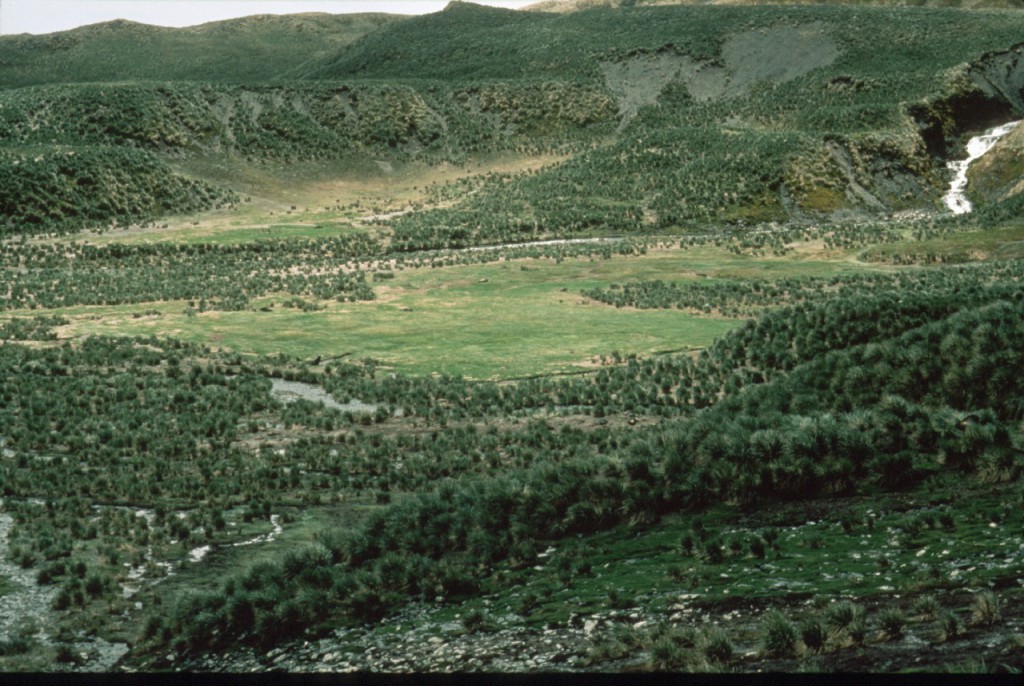
The vegetation is predominantly made up of lower establish groups (mosses, liverworts, lichens and fungi) that are peculiarly adapted to surviving in extreme environments – in particular tolerating low temperatures and dehydration.
There are around 100 species of mosses, 25 species of liverworts, 300 to 400 species of lichens and 20-odd species of macro-fungi. The greatest diversity of species is found along the western side of the Antarctic Peninsula where the climate is generally warmer and wetter than elsewhere in the Antarctic continent.
Certain species of moss and lichen, however, have a widespread distribution and others specialise in surviving in very farthermost conditions. In the dry valleys of Victoria Land, for example, where it is very dry and extremely cold, algae, fungi and lichens are constitute living in cracks and pore spaces inside the sandstone and granite rocks.
Subantarctic islands
The subantarctic islands have a milder and wetter climate more favourable for plant growth, meaning these islands possess a more than diverse flora including a greater number of angiosperm species and some ferns.
Dominant amongst subantarctic vegetation is tussock grass, a alpine (upwardly to 2 metres), robust plant forming a dense fringe nearly the coast.
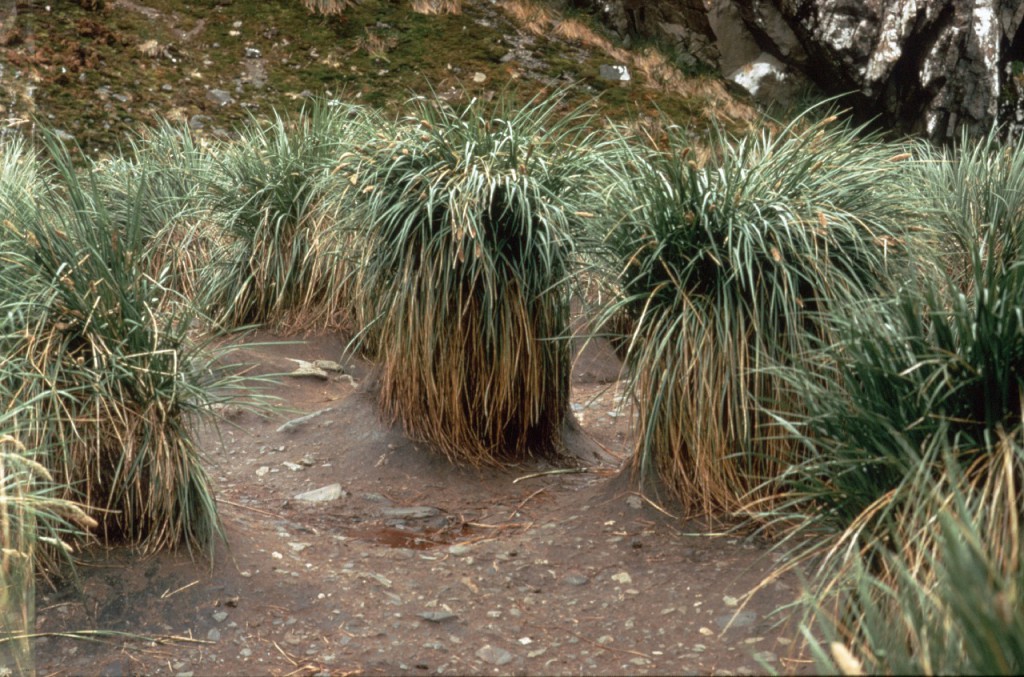
Wet habitats are covered past diverse kinds of bog, while drier terrain has extensive dry grassland with various herbs and, in exposed habitats, sparsely vegetated moss and lichen-dominated fellfield.
Human being activities such as whaling and sealing take led to many species beingness introduced. S Georgia, for example, has a vascular flora of 26 indigenous species, with a further 15 conflicting species that are well established, and in some cases spreading, and a number of other alien species which are managing to survive shut to the old whaling stations.
Flora
Just 12 flowering plants take been reported from Bird Island. The majority are easy to discover, but not always piece of cake to tell apart. Simply 1 specimen of almanac meadow-grass has been seen, the fern is rare, small and well-hidden, and although blinks has obvious white flowers, it was not reported before 2006.
The DAFOR scale of occurrence has been used to give some thought of frequency.
Acaena magellanica (Prickly burr (or burnet))
Frequent in the meadows above the seal trampled areas. The leaves are grey-green and longer than broad. The flower heads are on cock stalks and about 1cm in bore. Abundant.
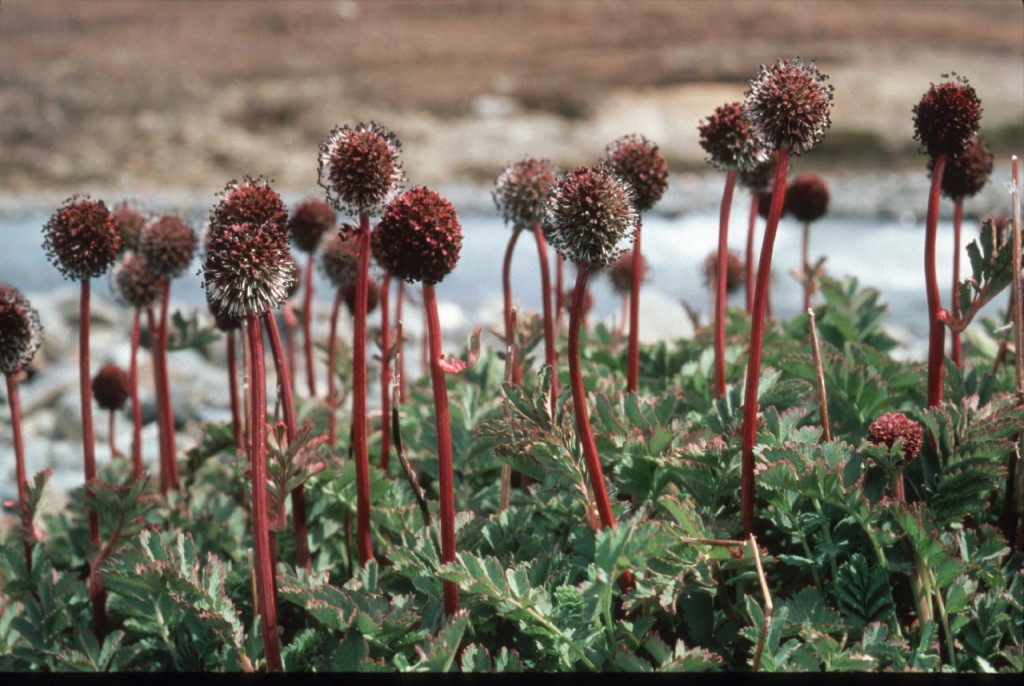
Acaena tenera (Lesser prickly burr)
Smaller and greener than the to a higher place, and by and large growing a little to a higher place. The leaves are about as long every bit they are broad. The blossom heads are on prostrate stalks and about 5mm in diameter. The detail shows the contrast between the two species. Frequent.
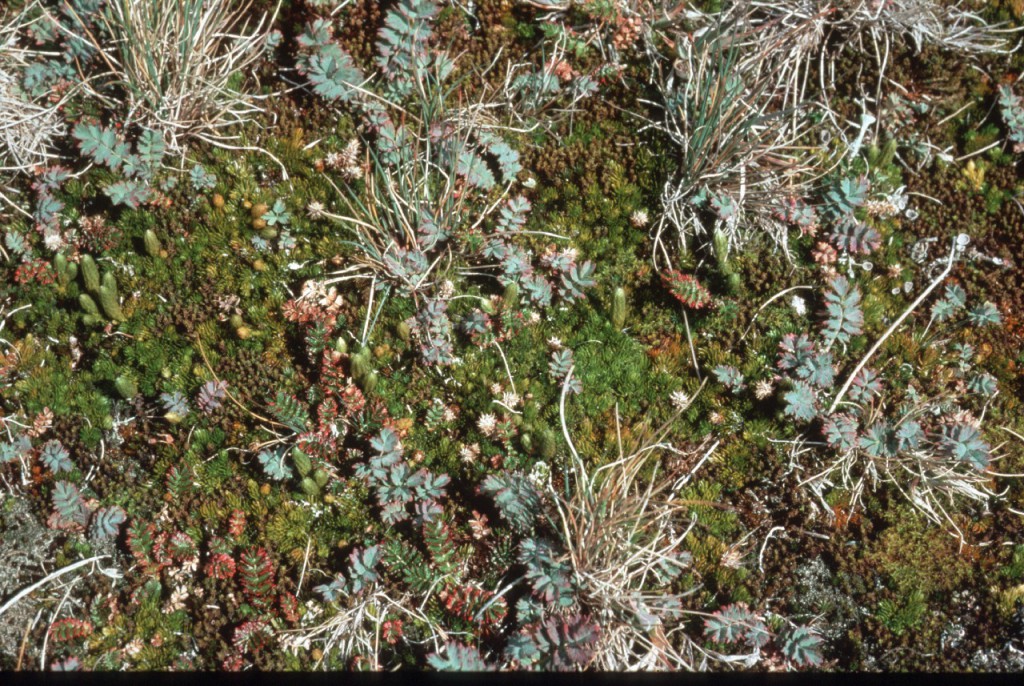
Acaena tenera x magellanica (Hybrid prickly burr)
The cantankerous betwixt the two species, which has the grey green colour of leaves of magellanica but the pocket-size flower heads, brusque stalks and leaf shape of tenera. Occasional where the two parents abound close together.
Callitriche antarctica (Antarctic water-starwort)
Common in boggy areas and along stream banks. The bloom is tiny and just has yellow stamens and anthers. Abundant.
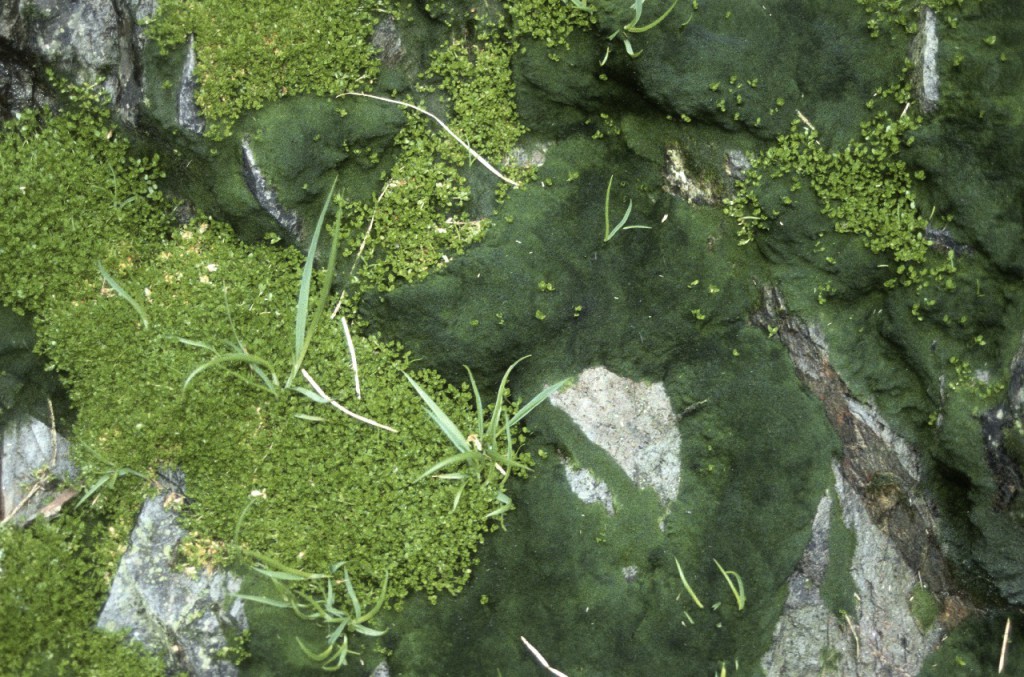
Colobanthus quitensis (Antarctic pearlwort)
Low-cal greenish cushion forming plant of drier areas. It is 1 of simply two flowering plants found in Antarctica, however the flowers are tiny. Frequent.
Colobanthus sublatus (Emerald bog)
Found in the wetter areas, merely over again generally cushion forming. The leaves are slightly broader and the absorber firmer and slightly more spikey, but the all-time way to tell them apart is from the flowers. In C. quitensis they stick out from the cushion, merely in C. sublatus they are inside information technology. Frequent.
Deschampsia antarctica (Antarctic pilus grass)
The grass that forms the lawn of the meadows. It is the other flowering plant plant in Antarctica. Frequent.
Hymenophyllum falklandicum (Falkland filmy-fern)
Grows in rocky crevices. Minor (leaves around 5mm across, with a prominent vein) and difficult to find – I initially found a couple of plants growing on the rocky bluffs at the superlative of Wanderer Valley, on the east side, but later on found a whole bank at the base of a rocky scarp in the aforementioned area. Rare.
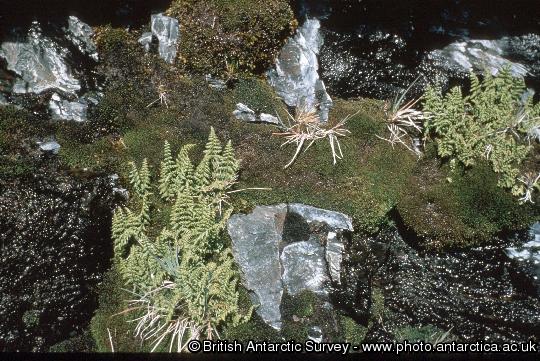
Montia fontana (H2o blinks)
A new addition to the flora, first reported on 2006 Feb 18 by Jon Shanklin. Found at the eastern end of Molly Meadows, where information technology is well established in several patches, the largest some 100m2 in area, mostly in association with D. antarctica. Locally frequent.
Poa annua (Annual meadow-grass)
Another new addition to the flora, first reported on 2006 February twenty by Jon Shanklin. A single plant was institute on the west side of North Valley, near likely carried to the island from the mainland of South Georgia by birds. Rare.
Poa flabellata (Tussac-grass)
The ascendant plant of the lower slopes of the Island. Formerly known every bit Parodiochloa flabellata. Dominant.
Ranunculus biternatus (Antarctic buttercup)
Mutual in the damper areas of meadows. The flowers (small and off yellow) seem to come out at a different time to the leaves. Frequent.
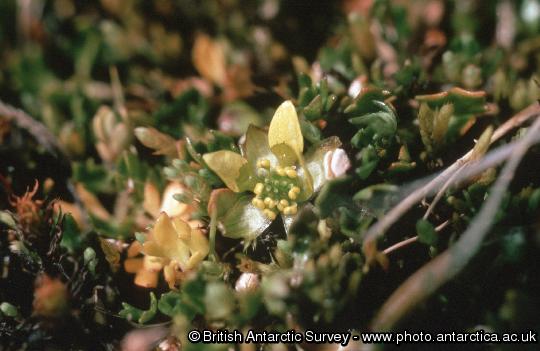
Rostkovia magellanica (Brusk rush)
Found in some of the meadows. Occasional.
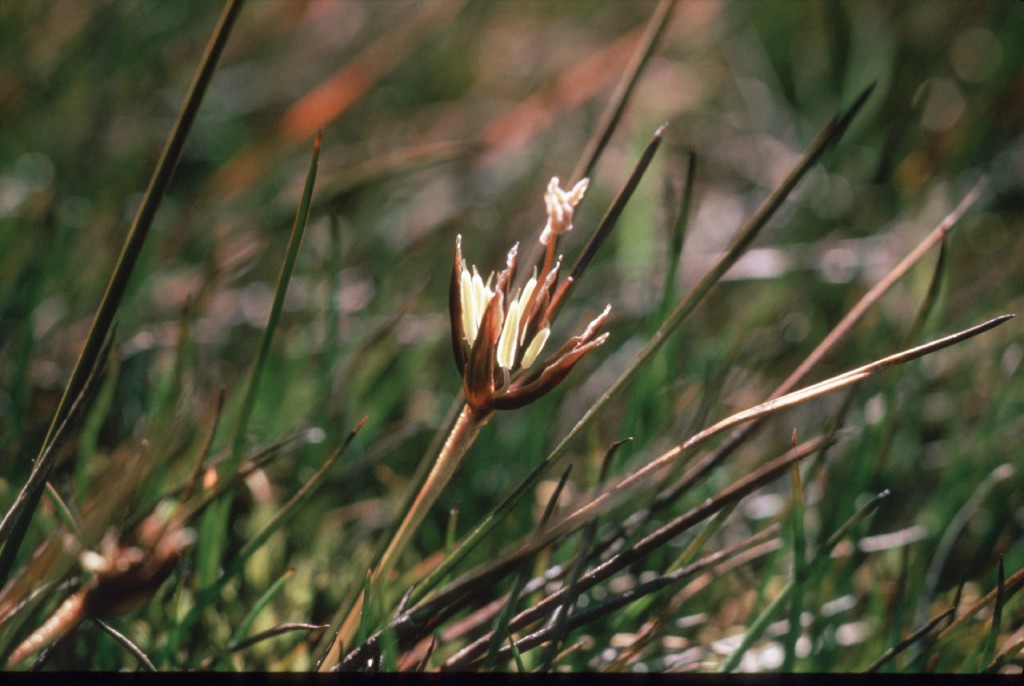
Lower plants
Many fungi, liverworts and mosses have been reported from Bird Island.
The Ceph liverwort was found in some of the meadows in Wanderer Valley, but below Wanderer Ridge. Information technology appears to favour the grass meadows. The stems are very thin, and the bifurcated leafage tips are brown, where the balance of the plant is green or colourless. It may be mixed in with other species.
Marchantia is the almost easily recognisable liverwort on the island. The large thallus is oftentimes visible on the peat banks of the lower parts of the streams.
Stale specimens of most of the Antarctic and subantarctic flora tin can be plant in the British Antarctic Survey'south herbarium.
Are There Trees On Antarctica,
Source: https://www.bas.ac.uk/about/antarctica/wildlife/plants/#:~:text=There%20are%20no%20trees%20or,along%20the%20western%20Antarctic%20Peninsula.
Posted by: sandersherseept.blogspot.com


0 Response to "Are There Trees On Antarctica"
Post a Comment